Welcome to the captivating world of Texas’ manmade tunnels, where human ingenuity shapes the landscape beneath the Lone Star State! These hidden engineering marvels connect cities and serve as vital arteries for transportation and utilities.
Get ready to embark on an enthralling subterranean journey as we explore Texas’ longest and most impressive manmade tunnel, along with other noteworthy feats of underground engineering.
We’ll dig deep into the tunnel’s storied past, its ingenious design and engineering, and the profound impact it has had on the local community and economy.
Are you ready to venture beneath the surface?
Let’s dive in!

The Washburn Tunnel holds an esteemed place in the annals of the state’s history. It continues to play a pivotal role in regional transportation.
©iStock.com/hxdyl
The Longest Tunnel in Texas
Deep in the heart of Texas lies an extraordinary feat of engineering. It has captivated locals and visitors alike—the Washburn Tunnel. Stretching 3,750 feet beneath the earth’s surface, this remarkable tunnel connects the vibrant communities of Pasadena and Galena Park in Harris County. As the longest tunnel in Texas, the Washburn Tunnel holds an esteemed place in the annals of the state’s history. It continues to play a pivotal role in regional transportation.
Purpose of the Tunnel
The Washburn Tunnel wasn’t simply born out of a desire to create the longest tunnel in Texas—though it certainly achieved that distinction. Its purpose runs deeper, rooted in the need to better connect communities and enhance regional transportation.
Transportation Transformation
At the core of the tunnel’s creation was the mission to provide a faster, more efficient route for vehicular traffic between Pasadena and Galena Park. By reducing congestion on alternate routes, the tunnel has become an indispensable artery for the region, facilitating smoother journeys for commuters and emergency vehicles alike.
A Catalyst for Connectivity
But the Washburn Tunnel’s impact extends beyond the realm of transportation. The tunnel has also served as a catalyst for economic growth, encouraging commercial activity by bridging previously disconnected communities. By fostering stronger connections, the Washburn Tunnel has brought together the people of Pasadena and Galena Park. It strengthens the bonds that make these communities thrive.
History of the Washburn Tunnel
The Washburn Tunnel’s legacy is steeped in history. Its origins date back to a time when the visionaries of Harris County recognized the need for a game-changing transportation solution. So let’s delve into the fascinating story of how the Washburn Tunnel came to be. Focusing on from its inception to its triumphant completion.

Blueprints for Success
The seeds of the Washburn Tunnel were sown during the planning and design phase when a team of experts meticulously charted the course for this ambitious project. Then, with the backing of the Harris County Commissioners Court and the expertise of County Engineer E.W. Kinsel, the stage was set for a monumental undertaking.
The Builders and Their Craft
Between 1950 and 1953, construction crews led by the S.J. Groves & Sons Company worked tirelessly to bring the Washburn Tunnel to life. Through their dedication and skill, they transformed an ambitious concept into a tangible reality, forever changing the landscape of the region.
Overcoming Obstacles
The path to the Washburn Tunnel’s completion wasn’t without its hurdles. Geological considerations and the need for innovative technologies presented challenges that the project’s team had to overcome. But through perseverance and ingenuity, they surmounted these obstacles, ultimately giving rise to the longest tunnel in Texas—a true testament to the power of human determination.
Design and Engineering
The Washburn Tunnel’s remarkable design and engineering are a testament to the brilliance of the human mind. Let’s take a closer look at the ingenuity that underpins this incredible structure and the features that make it an enduring icon of Texas engineering.
A Blueprint of Precision
The Washburn Tunnel’s technical specifications reveal its exceptional design. With a height of 22.6 feet, a width of 26.6 feet, and an impressive length of 3,750 feet, it comfortably accommodates a two-lane roadway. Moreover, its sturdy construction relies on a robust combination of concrete and steel, ensuring the tunnel’s longevity and resilience.
Safety Above All
Safety has always been a paramount concern for the Washburn Tunnel’s creators. With a state-of-the-art ventilation system, fire suppression systems, and strategically placed emergency exits and refuge areas, the tunnel’s design prioritizes the well-being of its users, providing peace of mind for all who pass through its depths.
Aesthetics That Inspire
Beyond its functional purpose, the Washburn Tunnel boasts striking aesthetic elements that elevate it to a work of art. Its exterior architecture is both elegant and imposing, while its interior design and lighting create an inviting atmosphere for travelers. These thoughtful touches serve as a reminder that the Washburn Tunnel is not just an engineering marvel but also a testament to the power of human creativity.
Animals in the Areas Surrounding the Washburn Tunnel
As you journey through the Washburn Tunnel, you might be surprised to learn about the diverse array of animals that call the surrounding areas home. From the tiniest insects to the most majestic mammals, these creatures add life and color to the landscape. Let’s explore the fascinating fauna that thrives around the tunnel.
Mammals
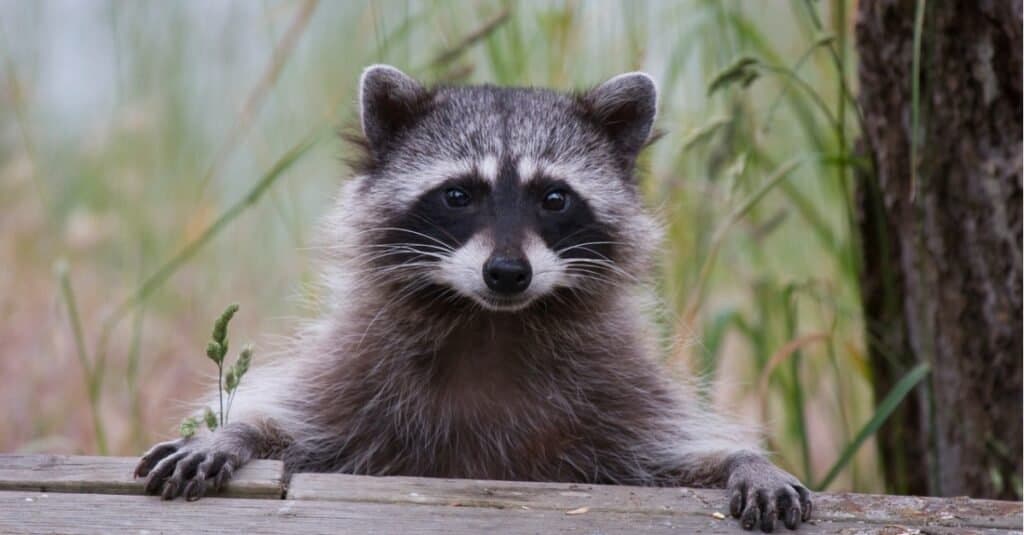
Keep your eyes peeled for common critters like
squirrels
,
raccoons
, and
white-tailed deer
, scampering or grazing around the area.
©iStock.com/cullenphotos
Venture into the world of mammals around the Washburn Tunnel, where you’ll encounter a fascinating mix of familiar creatures and rare species, all contributing to the area’s dynamic ecosystem.
- Commonly sighted species. Keep your eyes peeled for common critters like squirrels, raccoons, and white-tailed deer, scampering or grazing around the area. These mammals have adapted to the urban environment and contribute to the vibrant ecosystem.
- Rare or endangered species. Some rare or endangered species, such as the ocelot or red wolf, occasionally make an appearance. Conservation efforts are crucial for protecting these beautiful creatures and their habitats.
Birds
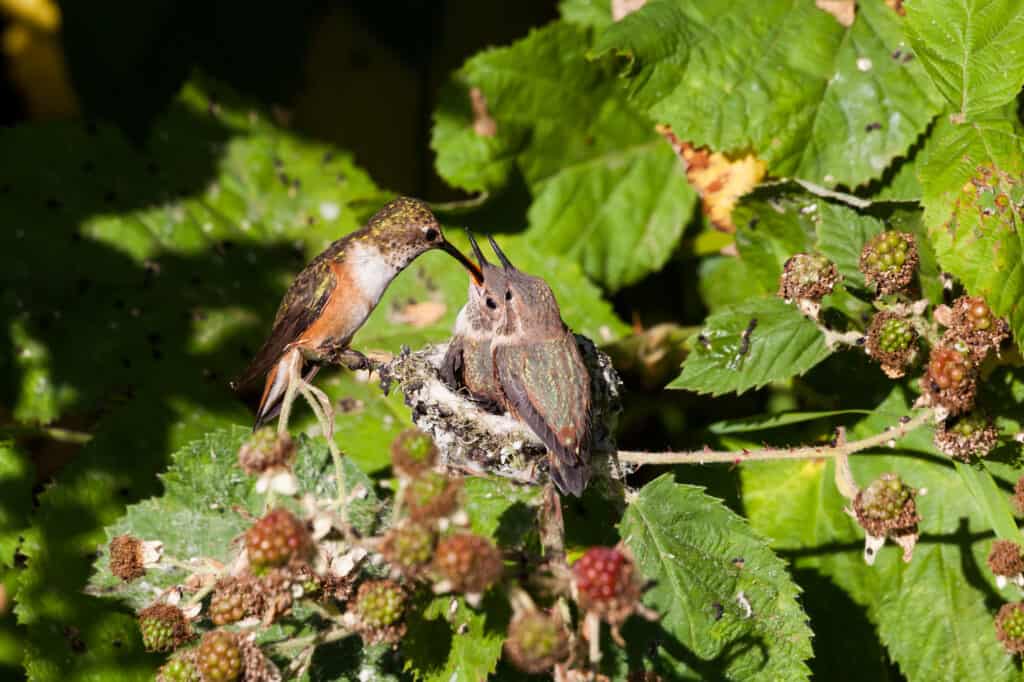
Every year, migratory birds like
sandhill cranes
,
warblers
, and
hummingbirds
grace the skies near the tunnel.
©Feng Yu/Shutterstock.com
The skies surrounding the Washburn Tunnel are graced by a diverse array of avian wonders, from migratory birds passing through on their epic journeys to resident species that add beauty and song to the landscape.
- Migratory birds. Every year, migratory birds like sandhill cranes, warblers, and hummingbirds grace the skies near the tunnel. Their epic journeys are a testament to the area’s importance as a rest stop and feeding ground.
- Resident species. From the melodious song of the northern cardinal to the graceful swoop of the great blue heron, resident bird species provide year-round enjoyment for birdwatchers and nature enthusiasts.
Reptiles and Amphibians
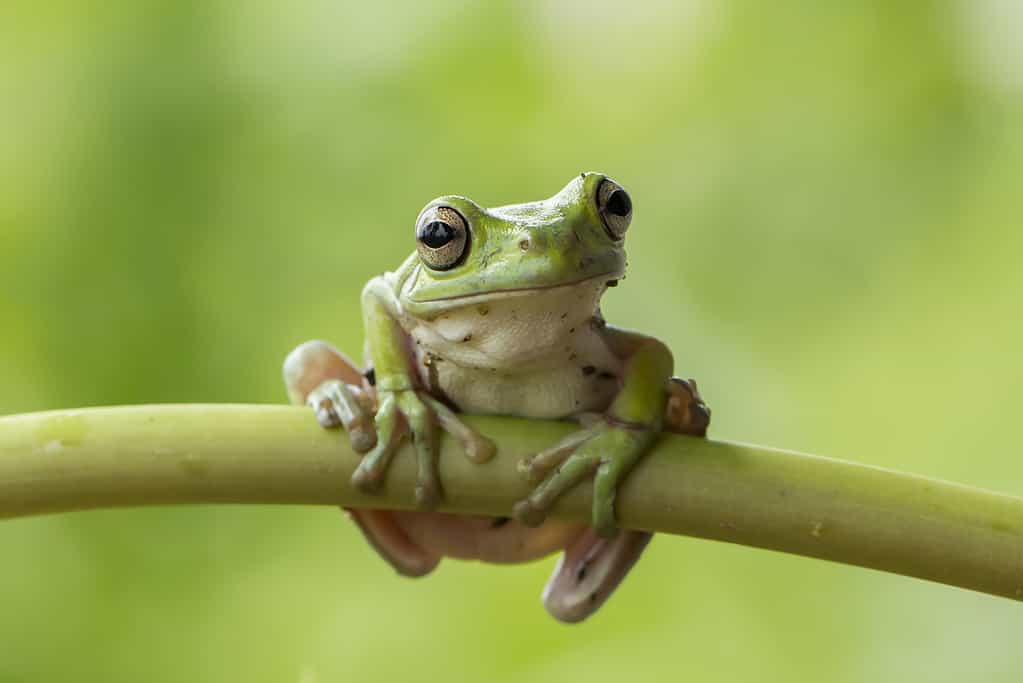
Frogs
and
salamanders
add their chorus to the area’s unique soundscape.
©Andreas Karyadi/Shutterstock.com
Uncover the intriguing lives of reptiles and amphibians near the Washburn Tunnel, where these scaled and slimy inhabitants play essential roles in maintaining the area’s ecological balance. Slithering snakes, lumbering turtles, and agile lizards are some of the intriguing reptiles you may spot near the tunnel. Meanwhile, frogs and salamanders add their chorus to the area’s unique soundscape.
Aquatic Life
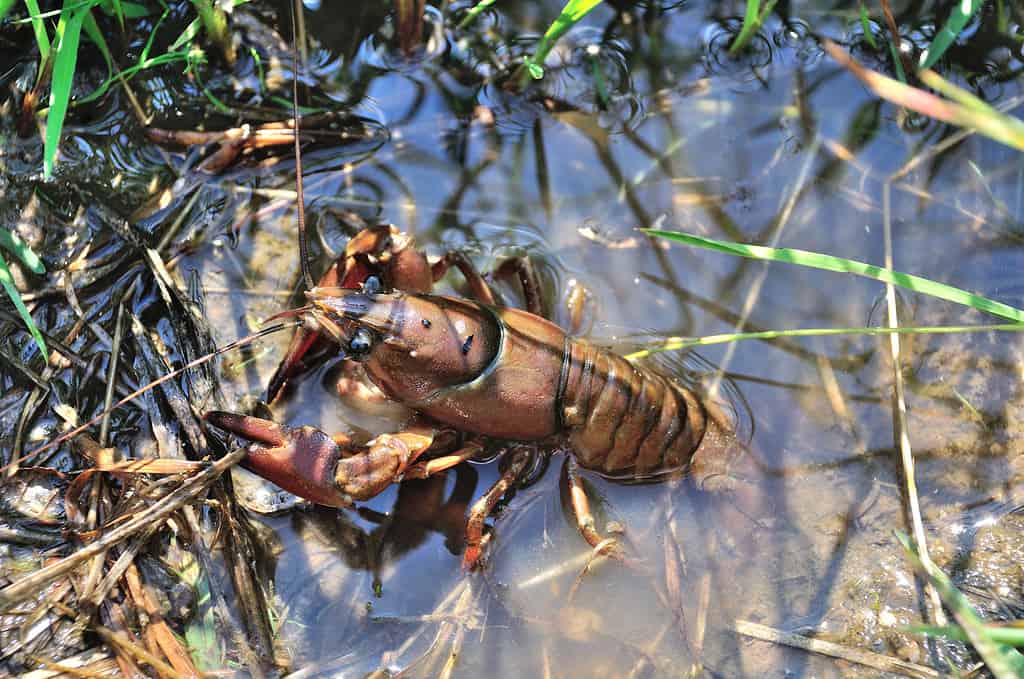
Invertebrates such as
crayfish
,
snails
, and
mussels
also play crucial roles in the ecosystem.
©iStock.com/BZH22
Dive into the underwater world around the Washburn Tunnel, where fish and other aquatic organisms contribute to the ecosystem’s health and provide valuable resources for the local community.
- Fish species. The waters surrounding the tunnel teem with fish like catfish, largemouth bass, and sunfish, providing recreational fishing opportunities and supporting the local food web.
- Other aquatic organisms. Invertebrates such as crayfish, snails, and mussels also play crucial roles in the ecosystem, contributing to water quality and serving as food for other animals.
Flora in the Areas Surrounding the Washburn Tunnel
The Washburn Tunnel’s surroundings are adorned with a rich tapestry of plant life, adding color and vitality to the landscape. From towering trees to delicate wildflowers, let’s explore the beautiful flora that flourishes around the tunnel.
Native Plant Species
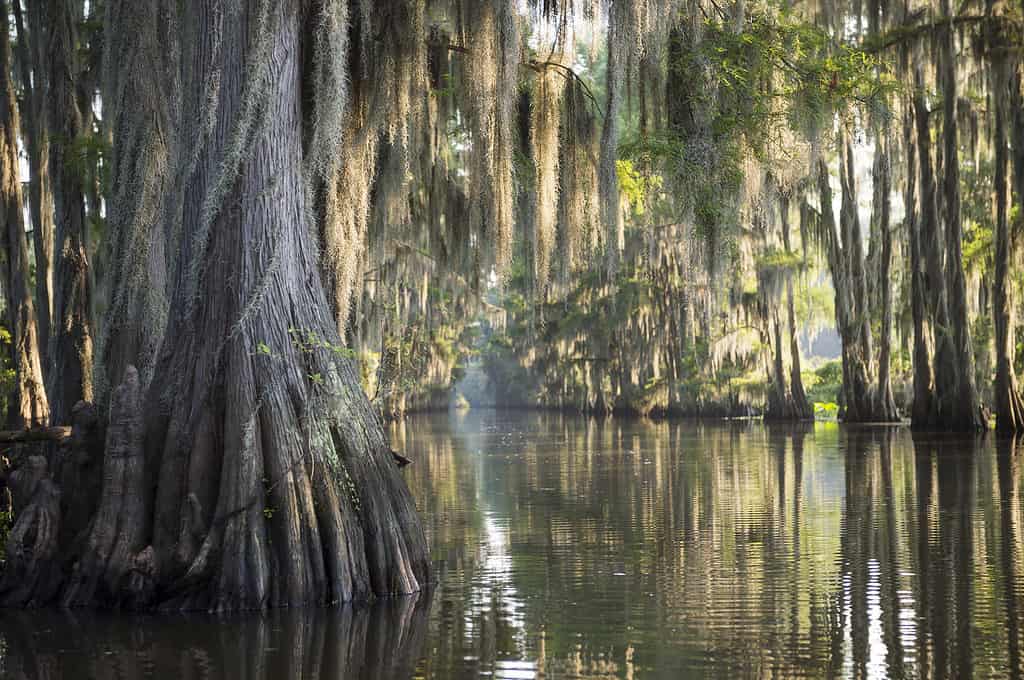
Majestic
oaks
, towering
pines
, and graceful
cypresses
create a lush canopy, providing shade and habitat for countless creatures.
©lazyllama/Shutterstock.com
Discover the incredible diversity of native plant species around the Washburn Tunnel, from majestic trees to vibrant wildflowers, all contributing to the beauty and balance of the local ecosystem.
- Trees. Majestic oaks, towering pines, and graceful cypresses create a lush canopy, providing shade and habitat for countless creatures.
- Shrubs and grasses. Native shrubs and grasses, like yaupon holly and bluestem, form a dense understory, supporting local wildlife and stabilizing the soil.
- Wildflowers. A riot of colors bursts forth from wildflowers like bluebonnets, Indian paintbrushes, and black-eyed Susans, creating a stunning display each spring.
Invasive Plant Species
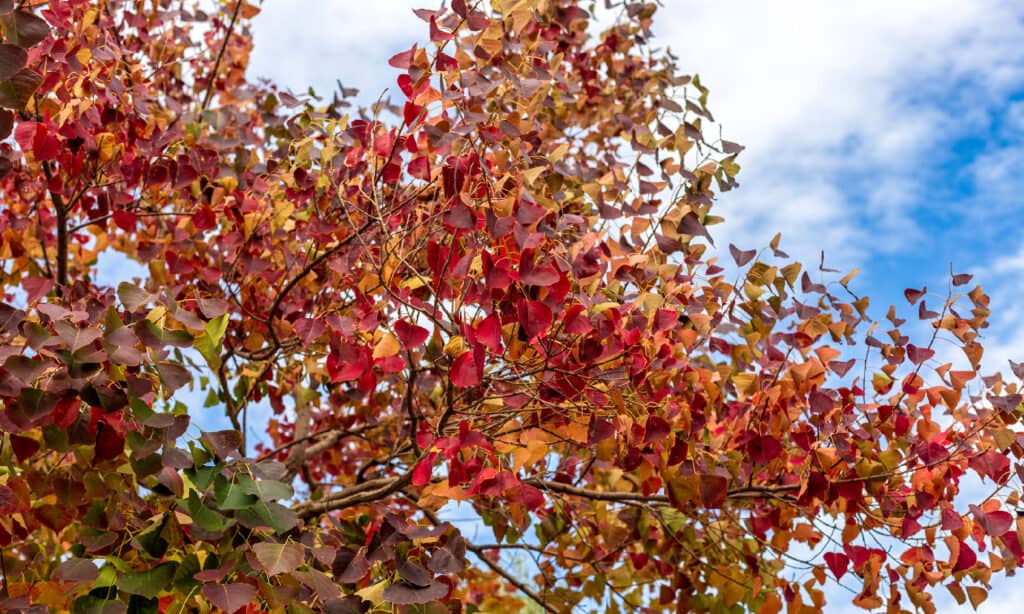
Chinese tallow and Japanese honeysuckle threaten native flora and disrupt the delicate ecological balance.
©iStock.com/Emma Grimberg
Invasive plant species threaten the delicate ecological balance surrounding the Washburn Tunnel and the efforts being made to protect and preserve native habitats. Chinese tallow and Japanese honeysuckle threaten native flora and disrupt the delicate ecological balance. Through diligent monitoring and management, conservationists work tirelessly to protect native habitats from these invasive intruders.
Plant Habitats
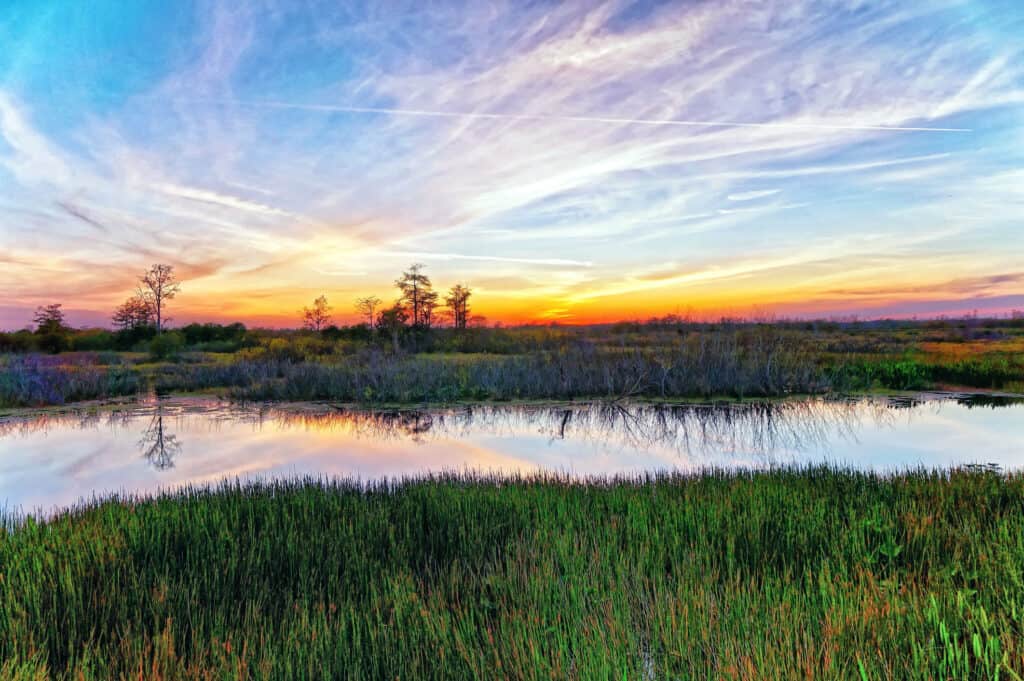
Rich wetlands teeming with cattails and sedges filter water, provide flood control, and serve as vital habitats for numerous species.
©iStock.com/Jaimie Tuchman
Explore the various plant habitats around the Washburn Tunnel, including wetlands, forests, and grasslands, each providing unique ecological niches and supporting a myriad of species.
- Wetlands. Rich wetlands teeming with cattails and sedges filter water, provide flood control, and serve as vital habitats for numerous species.
- Forested areas. Forested areas offer shelter and resources for countless creatures, from the smallest insects to the largest mammals.
- Grasslands. Expansive grasslands, dominated by native grasses, provide essential grazing lands and nesting sites for many animals.
Role of Flora in the Local Ecosystem
Flora plays a vital role in the local ecosystem surrounding the Washburn Tunnel, from supporting wildlife to preserving water quality and enhancing the area’s aesthetic appeal.
- Support for wildlife. The diverse flora of the Washburn Tunnel’s surroundings provide food, shelter, and breeding grounds for a multitude of animals.
- Erosion control and water quality. Vegetation helps prevent erosion and maintain water quality, safeguarding essential resources for both humans and wildlife.
- Aesthetic value and recreation. The area’s beautiful plant life offers aesthetic appeal and recreational opportunities, fostering a deeper appreciation for nature’s wonders.
Impact on the Local Community and Economy
The Washburn Tunnel’s influence extends far beyond its walls, sending ripples of positive change throughout the local community and economy. Let’s explore the ways this remarkable structure has shaped the lives of those who call Pasadena and Galena Park home.

With the tunnel providing a much-needed transportation link, travel times between Pasadena and Galena Park have been significantly reduced.
©ddisq/Shutterstock.com
The Route to Progress
With the tunnel providing a much-needed transportation link, travel times between Pasadena and Galena Park have been significantly reduced. This improvement in traffic flow has not only made daily commutes more enjoyable but has also increased the accessibility of essential services, like hospitals and schools.
A Boost to the Economy
The Washburn Tunnel has been a catalyst for economic growth, fostering commercial activity by making it easier for businesses and customers to connect. Job creation during the tunnel’s construction and ongoing maintenance has also provided valuable employment opportunities for local residents.
A Cultural Cornerstone
The Washburn Tunnel has become an integral part of the local culture and identity. Its unique status as the longest tunnel in Texas has inspired a sense of pride among residents. Thus, solidifying its place as a cherished regional landmark. Through its profound impact on the local community and economy, the Washburn Tunnel has truly become a symbol of progress and unity.
Maintenance and Future Plans
As we celebrate the Washburn Tunnel’s achievements, it’s essential to recognize the ongoing efforts to maintain and enhance this engineering marvel. So let’s take a closer look at the meticulous maintenance procedures and future plans that ensure the tunnel’s continued success.
Caring for a Landmark
Routine inspections and timely repairs are crucial to the Washburn Tunnel’s longevity. A dedicated team of professionals works diligently to keep the tunnel in top-notch condition. They are addressing any issues that may arise and implementing upgrades as needed.
Managing the Flow
Effective traffic management is essential for maintaining the tunnel’s reputation as a reliable transportation link. By closely monitoring traffic volume and flow, authorities can make informed decisions about access restrictions and other measures to ensure smooth passage for all users.
Envisioning the Future
As the world evolves, so too must the Washburn Tunnel. Future expansions or improvements may include the incorporation of additional safety features or the integration of cutting-edge technologies. By continually adapting and innovating, the Washburn Tunnel will remain a vital and cherished asset for generations to come.
Where is the Washburn Tunnel Located on a Map?
The Washburn Tunnel, located in Houston, Texas, is an underwater motor-vehicle tunnel that links the suburbs of Galena Park and Pasadena. Constructed in 1950, this two-lane tunnel passes beneath the Houston Ship Channel, providing a convenient north-south transportation route. It was dedicated in honor of Harry L. Washburn, the Auditor of Harris County, Texas.
Here is the Washburn Tunnel on a map:
Wrapping Up
As we reach the end of our thrilling exploration of the Washburn Tunnel, it’s clear that this extraordinary structure is so much more than just the longest tunnel in Texas. A true engineering marvel, the tunnel has effortlessly woven itself into the fabric of the region, transforming transportation, boosting the economy, and becoming an iconic landmark in its own right. With a rich history and a promising future, the Washburn Tunnel stands as a testament to human ingenuity and the power of collaboration.
As we continue to innovate and expand our horizons, the legacy of the Washburn Tunnel will undoubtedly inspire generations to come. This reminds us of the incredible things we can achieve when we come together to build bridges—or in this case, tunnels—between our communities.
The photo featured at the top of this post is © Patrick Feller / CC BY 2.0 – License / Original
Thank you for reading! Have some feedback for us? Contact the AZ Animals editorial team.






